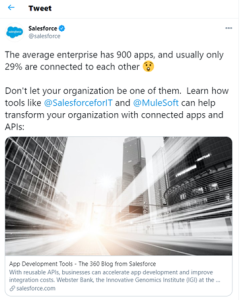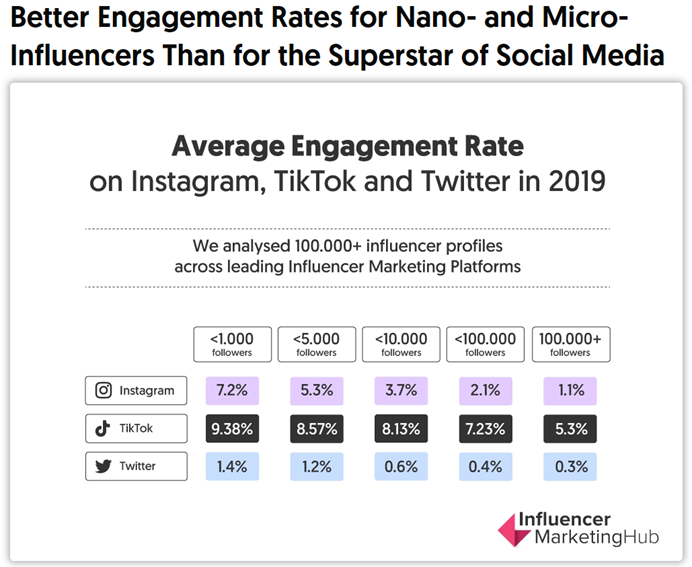Growing your app is a journey. It’s a process that’s not overnight and goes through various stages which should be repeated over and over again to maintain healthy behavioral and substantial growth over the years. A typical growth lifecycle of an app looks like depicting critical barriers that once crossed put the app into the next orbit for even higher growth:
The build stage involves a lot of strategy thinking, planning, envisioning, designing before executing the actual building plan.
- What’s the problem? Before you start building your app, you need to identify the problem your app will solve. This will help you create a clear vision for your app and ensure that it meets the needs of your target audience. Even though the app may not be the first of its kind or a unique product, it needs to address some real pain points you’ve identified that are not addressed by the competition.
- Define your target audience: Once you have identified the problem you are trying to solve, you need to define your target audience. This will help you to create an app that is tailored to the needs of your users, in terms of UI\UX and business model.
- Design a user-friendly interface: A user-friendly interface is essential for any mobile app. Your interface should be easy to navigate and use, and provide a seamless experience for your users.
- Choose the right technology stack: The technology stack is a set of programming languages, frameworks, libraries, and instruments used to develop a mobile app. The choice of the technology stack can make or break your product’s potential. Here are some popular technology stacks for mobile app development:
- React Native: A popular open-source framework that allows developers to build cross-platform mobile apps using JavaScript and React.
- Flutter: A Google-developed open-source framework that allows developers to build high-performance, high-fidelity, apps for Android, iOS, and the web using a single codebase.
- Ionic: Another popular open-source framework that allows developers to build hybrid mobile apps using web technologies such as HTML, CSS, and JavaScript.
- Xamarin: A Microsoft-owned open-source framework that allows developers to build cross-platform mobile apps using C# and .NET.
Choosing the right technology stack is crucial for the success of your app. You need to choose a stack that is reliable, scalable, and easy to maintain. if your not on the tech savvy side you will probably need a company that will help you execute your dream. Make sure to do you research on the tech stack they offer, understand why they recommend the selected technology and not other options.
The testing stage: Testing is an essential part of the app development process. You need to test your app thoroughly to ensure that it is free of bugs and other issues. Thorough app testing is crucial in the development process as it helps to identify and eliminate bugs and other issues before the app is released to users. By conducting comprehensive testing, developers can ensure that the app functions as intended, providing a seamless and error-free experience for users. This not only enhances user satisfaction but also helps to maintain the app’s reputation and credibility in the market. in simpler words, you don’t want to discover many bugs when your app is already live in the App store and get bad reviews by unsatisfied users.
Market your app effectively: Once your app is ready, you need to market it effectively to ensure that it reaches your target audience. This is where Zoomd can help. With our digital marketing experts, our technological stack and vast experience working with global brands and apps, you can rest assured we can help you tailor any plan to your growth plan. The basic marketing plan includes:
- Define your target audience: Before you start marketing your app, you need to define your target audience. You already defined your TA in the building stage, but now you need to be more practical – for example, from which countries are they coming from? Which social platform do they use? What are their basic search questions on Google, AppStore, or Playstore?
- Optimize your app store listing: Your app store listing is the first thing that potential users will see when they search for your app or look for an app they need that your app matches. Make sure that your listing is optimized with relevant keywords, high-quality screenshots, and a compelling description. Like SEO (search engine optimization) this is a contact task that needs to be checked and revised according to initial results. High-quality screenshots and a compelling description are essential for attracting potential users and increasing app downloads. They provide visual representation of your app’s features and functionality, giving users a glimpse of what to expect. A well-crafted description, on the other hand, effectively communicates the value and unique selling points of your app, enticing users to download and try it out. Together, these elements help create a positive first impression and increase the chances of converting potential users into loyal customers.
- Leverage social media: social media is a powerful tool for promoting your app. Use platforms like Facebook, Twitter, and Instagram to build a following, engage with your users, and promote your app. One strategy for engaging with users on social media platforms is to create interactive content such as polls, quizzes, or challenges related to your app. This not only encourages user participation but also generates buzz and increases brand awareness. Additionally, responding promptly to user comments, messages, and reviews shows that you value their feedback and are dedicated to providing excellent customer service.
- Paid advertising: It is true that ads on platforms such as Google Adwords and Facebook Ads are basic, but there are plenty of networks and other media channels that may prove to be more cost effective than what is offered by these platforms. You will want to explore more options once you’ve experimented with Google and Meta’s media supply and explore a DSP or other tech platform.
- Partner with influencers: Influencer marketing has already proven to be very effective to promote any app, idea or product. Influencers themselves have been around for many years now and their audience is well familiar with their paid content initiatives, and knows how to screen sales content and regular content. With that, people know how to take the paid content into account and use it for learning about any prodcut they’re looking for. You don’t need to go for the elite influencers for your marketing plan (as your have a specific budget), micro influencers are great as they have a very specific community of followers that matches your target audience. Check our Zoomd’s influencers and creators community and talk to us if you need help with your app influencer plan.
- Create engaging content: Creating engaging content like blog posts, videos, and infographics can help you to build a following and promote your app.
- Analyze your data: Finally, it’s important to analyze your data to see what’s working and what’s not. Use tools like Google Analytics to track your app’s performance and make data-driven decisions about your marketing strategy.
Launch stage: After the app is published to the world, launch the marketing initiatives plans you’ve created to announce the availability of the app.
Continuously improve your app: Finally, you need to continuously improve your app to ensure that it stays relevant and meets the changing needs of your users. Meaning constantly evaluating your initial plans, such as upgrading your app UI|UX over time, ASO maintenance, and more.
Analyzing your data allows you to understand what marketing strategies are effective and which ones are not. This helps you make data-driven decisions for your app’s marketing strategy. By tracking your app’s performance through tools like MMP’s, you can identify trends, discover user behavior patterns, and optimize your marketing efforts to target the right audience and achieve better results.




